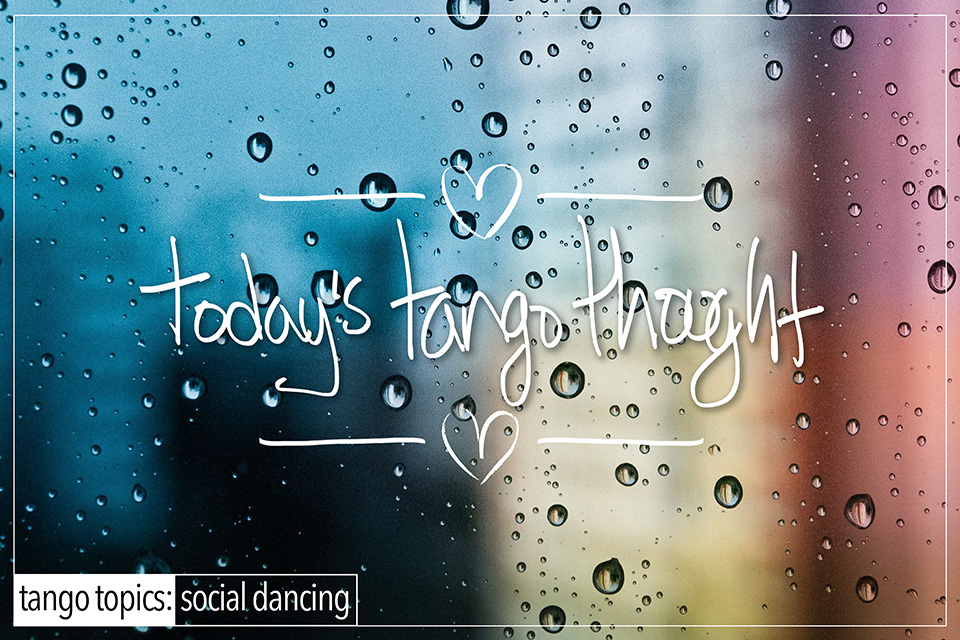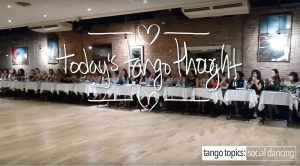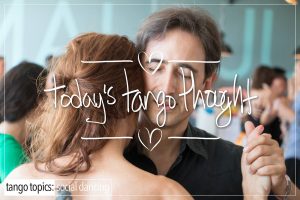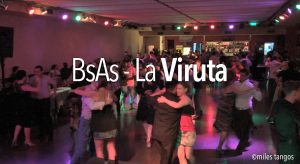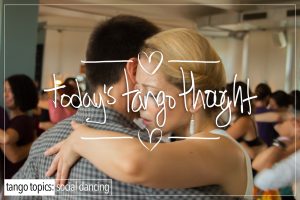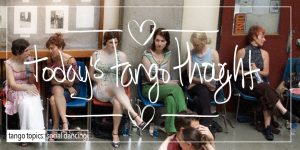Tango can be, and usually is, a sweaty business for a variety of reasons. Not the least of which is the fact that in many places there are noise ordinances that prevent Milonga organizers from opening the windows. Or the venue where the Milonga is held, their air conditioning units are not up to the task, and are easily overwhelmed by more than 50 people in a room for sustained usage.
That said, there are some really easy things that you can do to minimize the amount of perspiration that you generate (as a Lead, or as a Follower):
1.) Dance Less. You know you’re in a confined space, and there are lots of people, dance fewer tandas. More to the point, dance one, sit one, alternating every other tanda.
2.) Go outside. Leave the room for about 2 or 3 minutes at a time during your downtime.
3.) Sit Further Away. That’s right, when you’re in your down time, sit further away from the dance floor.
4.) Change of Shirt/Clothes. Regardless of role, bring a change of clothes. You’re going to sweat….that’s going to happen….so the best thing that you can do is to bring a change of clothes for yourself for a variety of reasons, not the least of which is it’s infinitely drier!
5.) Run Cool Water on the vein side of your wrists.

